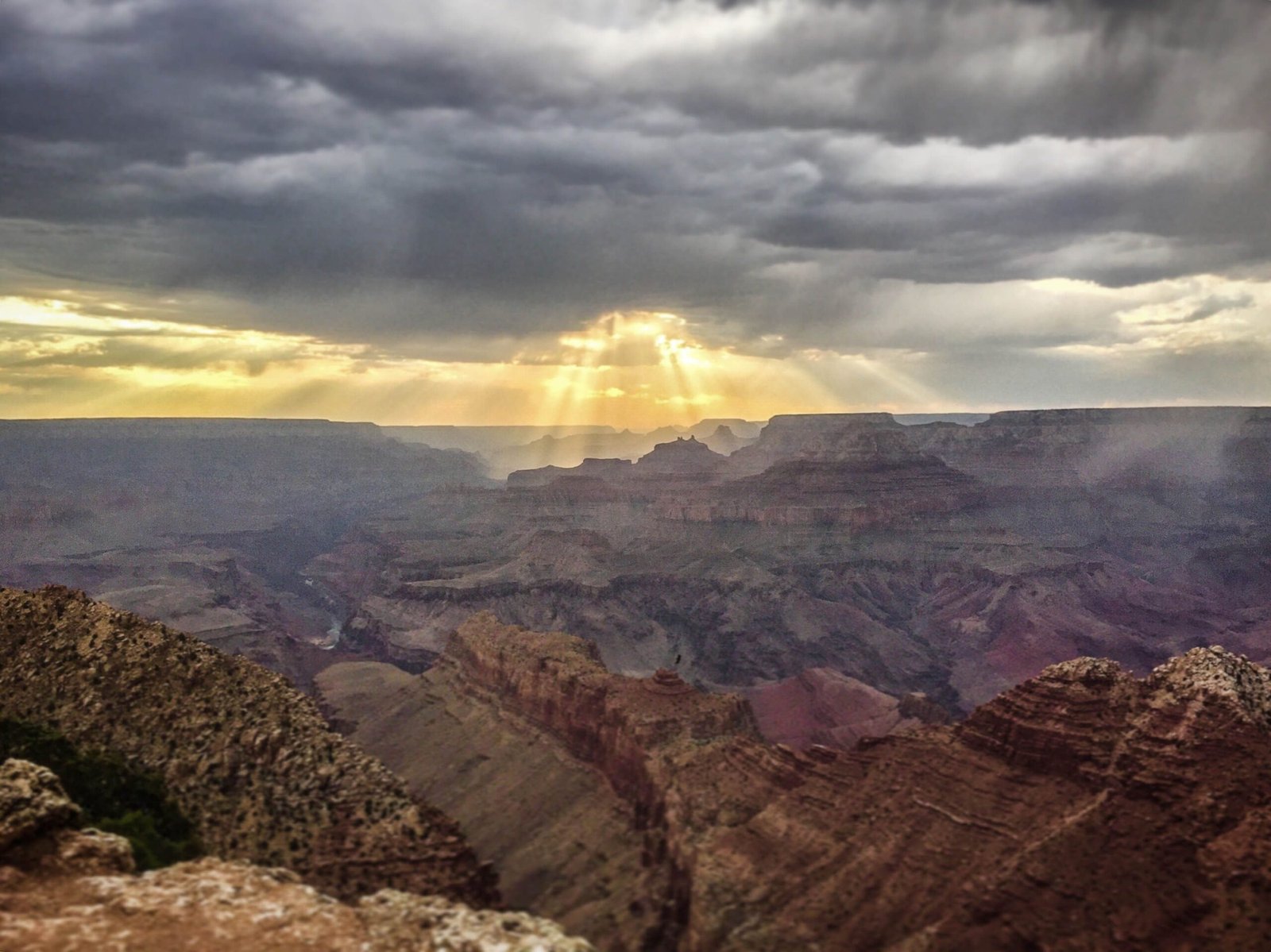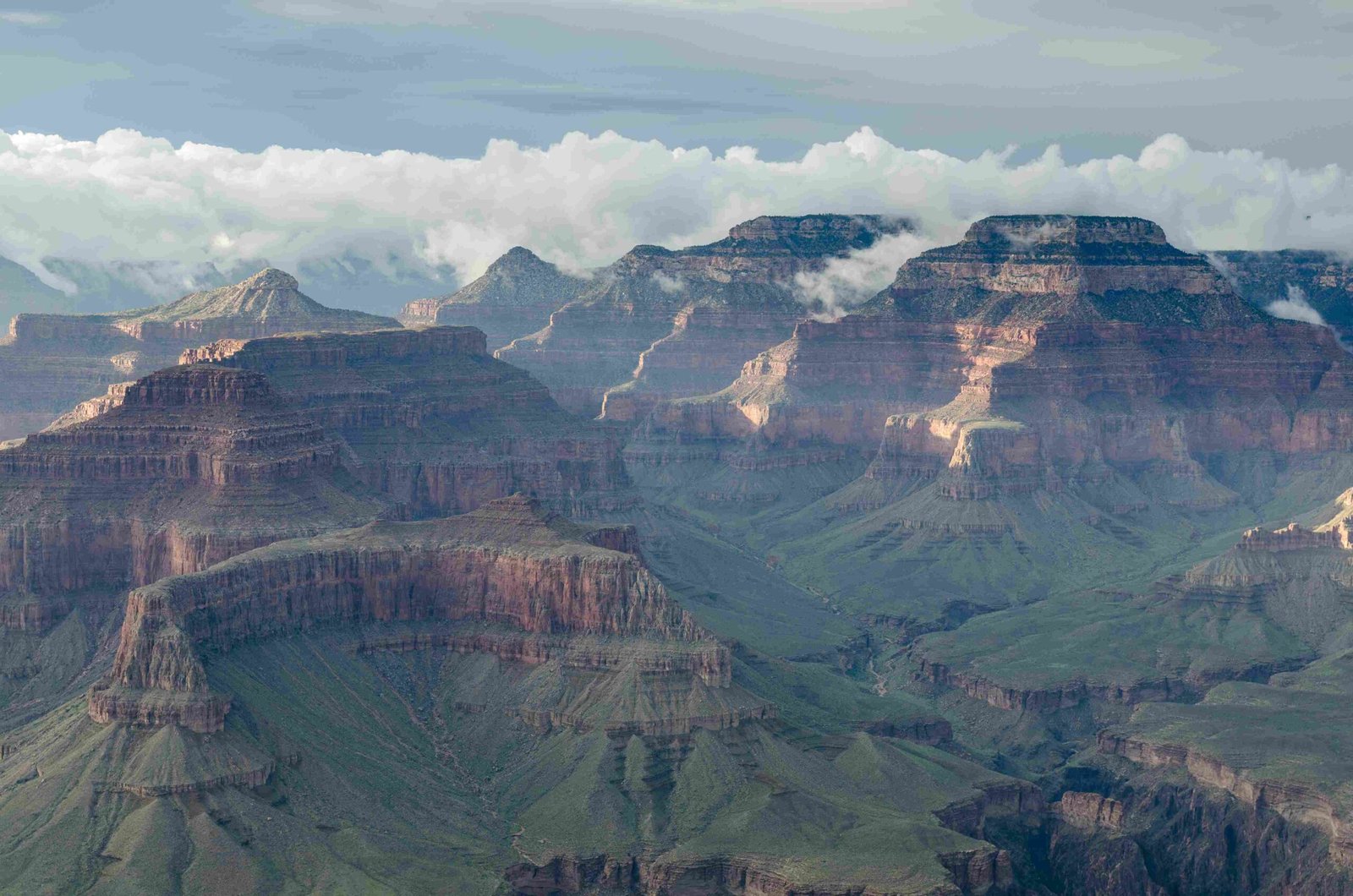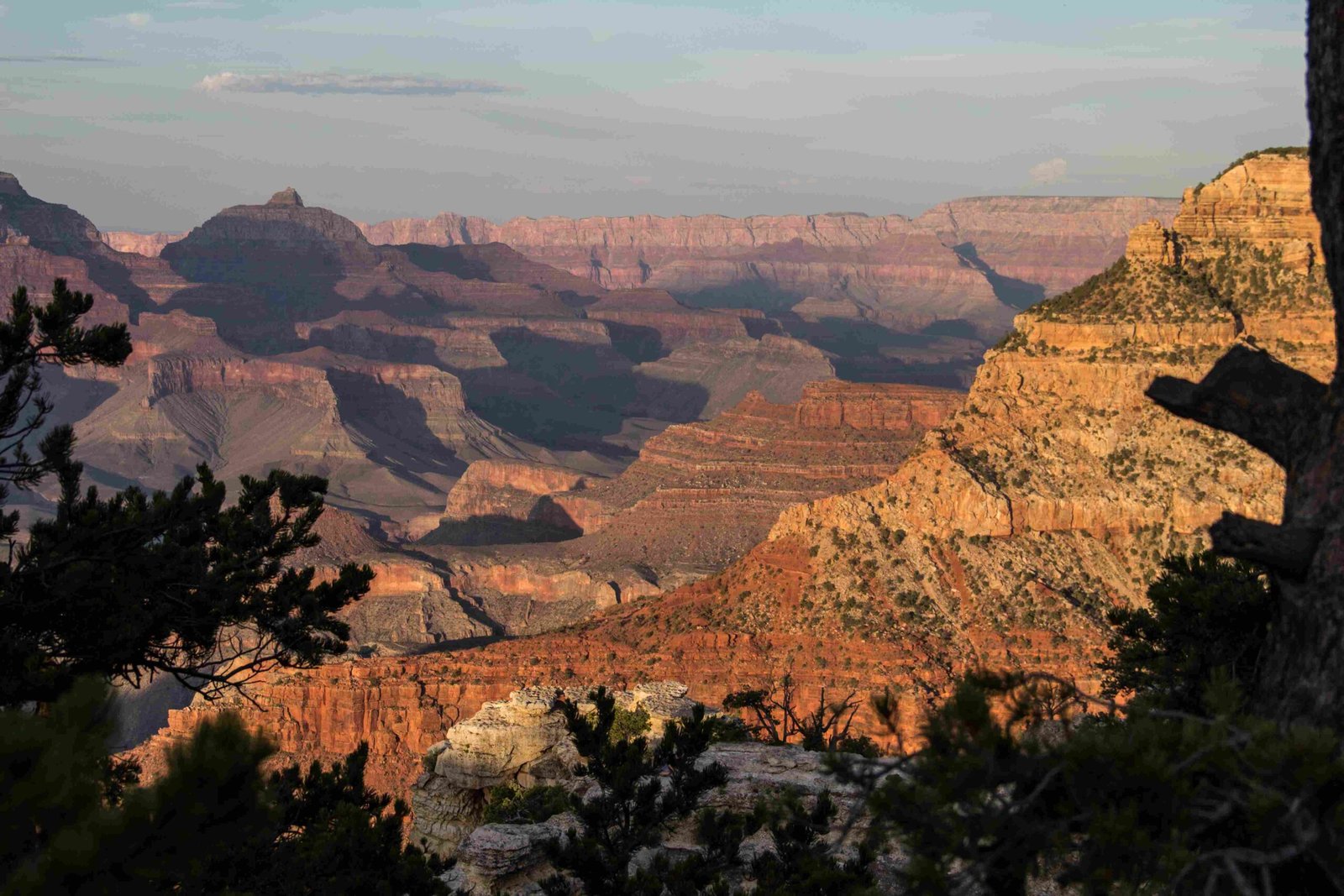The Grand Canyon’s formation has long been a subject of scientific debate, with researchers examining whether its massive landscape emerged through gradual erosion or catastrophic flooding. Geological evidence suggests complex processes involving water dynamics, sedimentary layers, and tectonic movements that challenge simplistic explanations of canyon development.
What Geological Evidence Supports Flood Formation?

The Grand Canyon’s geological structure provides fascinating insights into its potential formation mechanisms. Several key observations support the hypothesis of rapid, catastrophic water-driven processes:
Marine Fossil Distribution and Sedimentary Layers
| Layer Type | Characteristics | Flood Evidence |
|---|---|---|
| Tapeats Sandstone | Widespread marine fossils | Rapid underwater deposition |
| Coconino Sandstone | Cross-bedding patterns | Underwater sand dune formations |
| Redwall Limestone | Flat layer contacts | Minimal erosion between deposits |
Soft Sediment Deformation Indicators
Researchers have identified critical evidence suggesting rapid formation:
- Presence of soft sediment deformation structures
- Folded and rotated rock blocks
- Minimal time between sedimentary layer depositions
- Marine fossils located at high elevations
How Do Erosion Metrics Challenge Gradual Formation Theories?
The Grand Canyon’s unique geological characteristics challenge traditional gradual erosion models:
- Clean Canyon Base: Lack of significant talus and debris
- Uniform Layer Contacts: Minimal erosional interfaces between rock layers
- Widespread Sedimentary Patterns: Consistent marine fossil distributions
Scientific Perspectives on Canyon Formation

Geologists propose multiple theories explaining the Grand Canyon’s development:
- Catastrophic Flood Model: Rapid water-driven erosion
- Gradual Erosion Model: Slow Colorado River cutting
- Tectonic Activity Model: Combined geological processes
What Physical Evidence Supports Rapid Formation?
Water-Driven Geological Indicators
- Cross-stratification in sandstone layers
- Marine fossil orientation
- Consistent sedimentary layer compositions
- Minimal weathering between rock formations
Challenges in Understanding Canyon Development
Researchers face significant obstacles in definitively proving formation mechanisms:
- Limited direct observational data
- Complex geological time scales
- Incomplete preservation of geological records
- Competing scientific interpretations
Implications for Geological Understanding
The Grand Canyon serves as a critical case study in understanding landscape evolution, challenging scientists to reconcile different formation theories.
Visitor Exploration and Scientific Learning
For those interested in geological research:
- Ranger-guided geological tours
- Visitor center educational exhibits
- Geological research programs
- Interactive canyon exploration opportunities
Recommended Research Resources
- Geological Society of America publications
- National Park Service research archives
- Academic geological journals
- Scientific research expeditions
Conclusion
While definitive proof remains elusive, the Grand Canyon continues to fascinate scientists and visitors alike, representing a complex geological puzzle that challenges our understanding of landscape formation.

